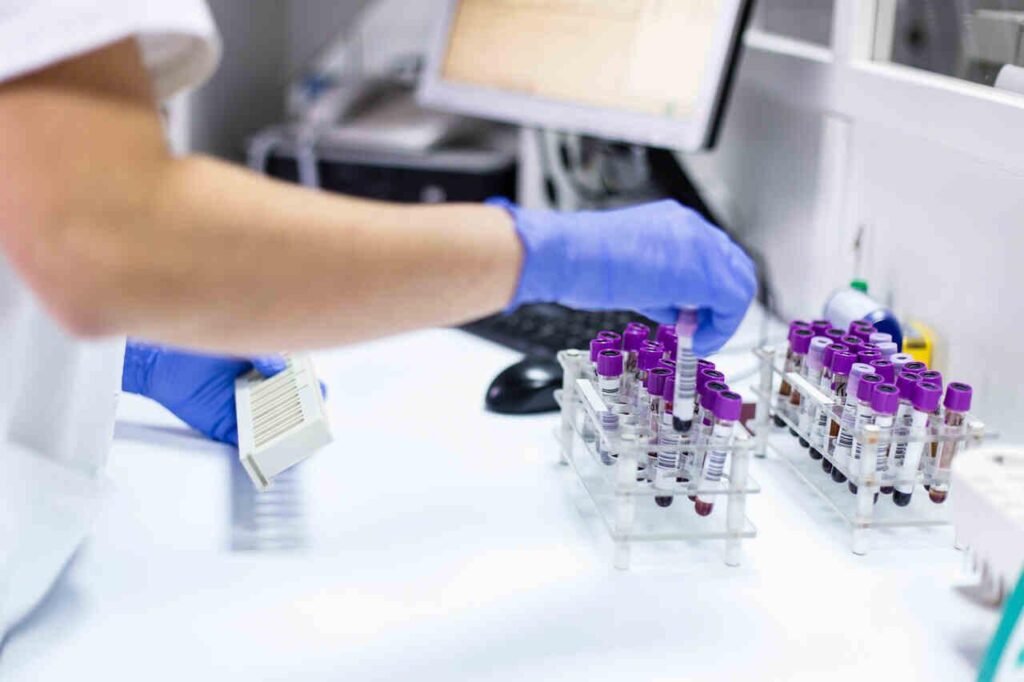Establishing a pathology laboratory requires careful planning and specialized knowledge. Whether the lab is part of a hospital, a school, or an independent entity, every detail—from layout design to equipment—plays a critical role in ensuring accuracy, efficiency, and safety. This guide walks through essential elements, from initial setup to the selection of furniture and equipment, to help create a well-functioning pathology lab that meets professional standards.
Defining the Purpose and Scope of the Lab
Before diving into design and equipment procurement, it’s crucial to clearly define the laboratory’s purpose and scope. Pathology labs vary widely in their functions, and each type may have different requirements. For instance:
Clinical Laboratories (Hospitals): Typically focus on diagnostic testing, which demands a high standard of cleanliness and safety. They often need advanced equipment for testing blood, tissues, and other samples.
Educational Laboratories (Schools): Often prioritize hands-on learning over real-time diagnostics, requiring a range of instructional materials and durable furniture.
Determining the lab’s intended use will guide every subsequent decision, from equipment selection to layout design.
Facility Layout and Design
The layout and design of a pathology lab directly impact efficiency and safety.
Spatial Organization: Work areas should be divided according to tasks—such as sample collection, storage, testing, and analysis. This minimizes the risk of contamination and streamlines the workflow.
Ventilation and Airflow: Pathology labs require adequate ventilation to reduce the risk of airborne pathogens. Installing HEPA filters, maintaining negative pressure, and ensuring regular air exchanges are crucial.
Lighting: Bright, even lighting is necessary for sample analysis. In addition to overhead lighting, task lighting at workstations is essential for precision work.
Safety Zones: There must be clear separation between clean and potentially hazardous areas. Include dedicated zones for sample handling, storage, and waste disposal.
Choosing the right furniture (“furniture laboratorium”) that complements the layout is also key. Workbenches, shelves, and cabinets should be strategically placed to maximize functionality and storage capacity without overcrowding.
Essential Pathology Laboratory Furniture
Choosing durable, functional, and ergonomic furniture is critical in a pathology laboratory, as technicians often work for extended hours handling delicate samples and equipment. Some essential furniture includes:
Laboratory Workbenches: Sturdy, chemical-resistant benches provide a stable workspace for various testing procedures. Adjustable-height options offer flexibility, accommodating both sitting and standing work.
Storage Cabinets and Shelves: Ample storage space is needed for lab reagents, consumables, and sensitive samples. Lockable cabinets provide secure storage for hazardous materials, while open shelves can be used for frequently accessed items.
Microscope Tables: Specialized tables for microscope work, often with ergonomic designs, help prevent strain during long observation sessions.
Fume Hoods: Vital for labs handling volatile chemicals or infectious samples, fume hoods protect users from exposure to dangerous substances by maintaining airflow control.
Furniture must be both durable and easy to clean to maintain strict hygiene standards in the laboratory environment.
Equipment Selection and Quality Assurance
Equipping a pathology lab requires balancing quality with budget considerations. Essential lab equipment includes:
Microscopes: High-resolution microscopes are essential for analyzing samples. Investing in quality microscopes with multiple objectives and user-friendly designs ensures longevity and accuracy.
Centrifuges: Used to separate fluids and isolate components for analysis, centrifuges are critical in clinical settings. Look for models with adjustable speed and safety features.
Refrigerators and Freezers: Certain biological samples need to be stored at specific temperatures. Lab-grade refrigeration systems are necessary for consistent temperature control.
Autoclaves: Used to sterilize equipment and disposables, autoclaves prevent contamination. Select models that meet the lab’s volume and processing needs.
Investing in quality and durable equipment enhances reliability and accuracy in lab results, and scheduled calibration and maintenance should be a regular practice to prevent discrepancies.
Compliance with Safety Standards and Regulations
Compliance with local and international safety standards is non-negotiable in pathology labs, ensuring a safe environment for both personnel and samples. Key considerations include:
Occupational Safety and Health Administration (OSHA) Standards: Follow guidelines for proper handling of biohazard materials, emergency response protocols, and personal protective equipment (PPE) requirements.
Waste Disposal: Pathology labs produce biohazardous waste that requires specialized disposal methods. Partner with certified disposal services to manage waste according to regulatory standards.
Hazard Communication: Laboratories should use clear labeling and proper signage to indicate potentially dangerous areas, equipment, and materials.
Documentation of safety protocols and regular training for lab personnel on emergency procedures and safety standards are critical for maintaining a safe workplace.
Budgeting and Funding Strategies
Setting up a pathology laboratory involves substantial initial investment, from “furniture laboratorium” to high-quality equipment. Budgeting and funding considerations should cover:
Cost Analysis: Include costs for both one-time purchases (e.g., furniture and microscopes) and recurring expenses (e.g., reagents and maintenance).
Funding Sources: For educational institutions, funding may come from grants, donations, or partnerships with research organizations. Hospitals might rely on government funding or private investment.
Cost-Effective Purchasing: Consider buying furniture and equipment from reliable suppliers that offer warranties and service packages, which can help reduce long-term expenses.
Planning for both upfront and ongoing costs can ensure that the laboratory remains sustainable over time.
Conclusion
Establishing a pathology laboratory demands careful attention to detail, from determining the lab’s purpose to selecting durable “furniture laboratorium” and essential equipment. By focusing on facility layout, safety compliance, and budgeting, institutions can create a laboratory environment that supports effective and efficient testing or educational functions. Hospitals and schools investing in high-quality infrastructure and equipment lay the foundation for reliable operations, ultimately enhancing the lab’s value to the community and advancing scientific inquiry.



